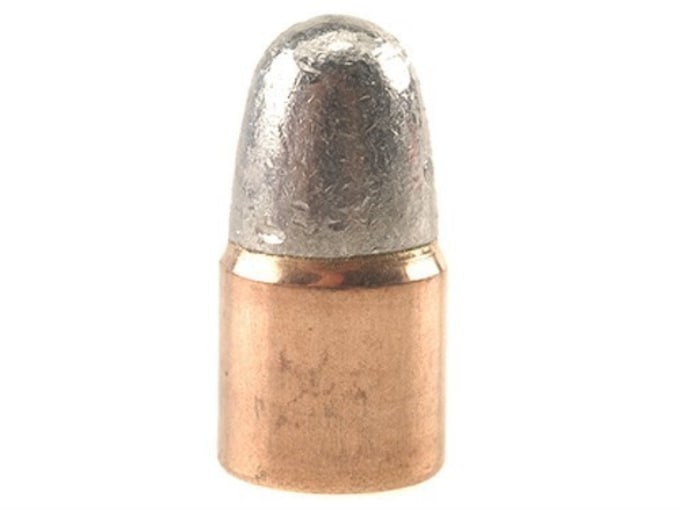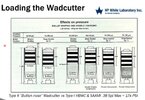TTv2
Member
- Joined
- Mar 31, 2016
- Messages
- 4,990
GIven that I often use bullets of the same weight, but different profiles than what loading data I have, I'm often concerned about seating too deeply as I want to avoid an overpressure load by compressing the charge.
Recently I tried Speer 100gr half jacket .308 bullets in .327 using Titegroup as my powder charge because it's not sensitive to the position in the case and Hodgdon's data says 5.2gr is the max for a 100gr Hornady XTP bullet. Given I was using a different bullet I aired on the side of caution, used 4.5gr and seated the bullet to two different depths and the deeper seated bullets shot better.
I've run into this with 200gr Berry's for .40/10mm where with Blue Dot I'm not loaded to max and the base of the bullet is nearly touching the top kernels of powder and it gets me concerned and I don't seat the bullet as deep as I would like.
I guess the question I want to know is how much compression does it take until things become dangerous in handguns?
Recently I tried Speer 100gr half jacket .308 bullets in .327 using Titegroup as my powder charge because it's not sensitive to the position in the case and Hodgdon's data says 5.2gr is the max for a 100gr Hornady XTP bullet. Given I was using a different bullet I aired on the side of caution, used 4.5gr and seated the bullet to two different depths and the deeper seated bullets shot better.
I've run into this with 200gr Berry's for .40/10mm where with Blue Dot I'm not loaded to max and the base of the bullet is nearly touching the top kernels of powder and it gets me concerned and I don't seat the bullet as deep as I would like.
I guess the question I want to know is how much compression does it take until things become dangerous in handguns?



